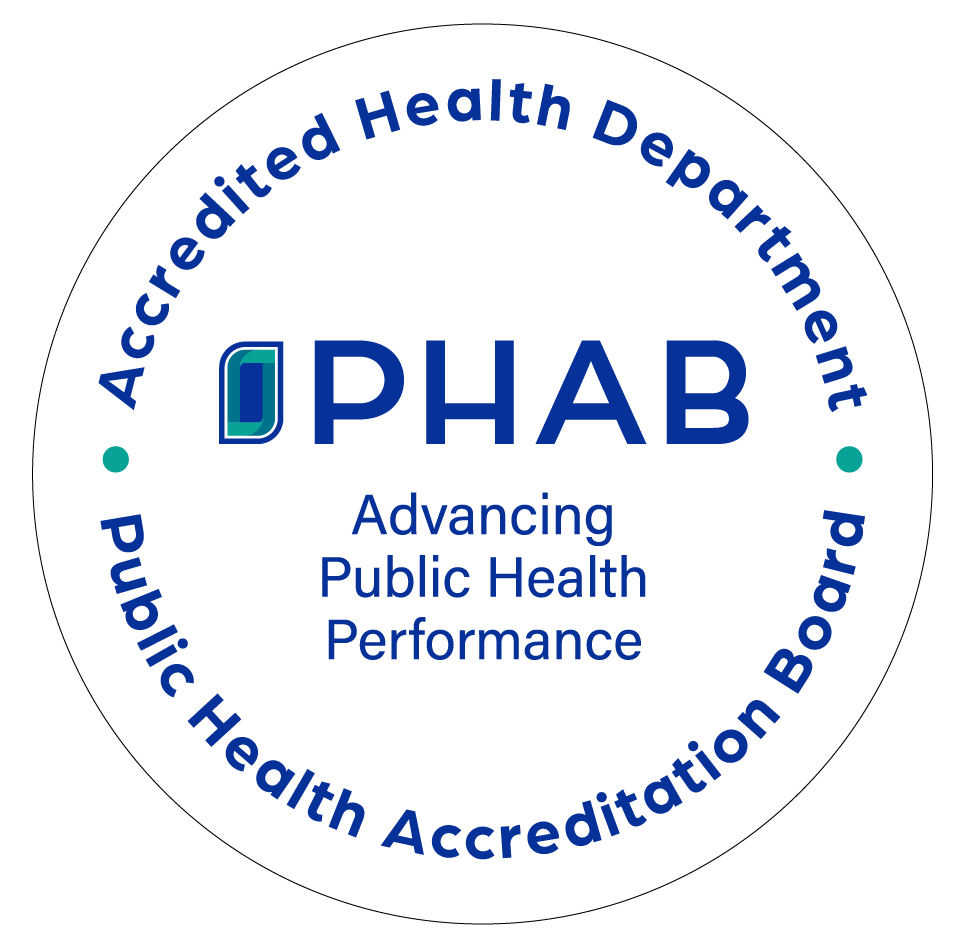
The WISEWOMAN (Well-Integrated Screening and Evaluation for WOMen Across the Nation) program was created to help women understand and reduce their risk for heart disease and stroke by providing services to promote lasting heart-healthy lifestyles. Working with low-income, uninsured and underinsured women aged 40 to 64 years, the program provides heart disease and stroke risk factor screenings and services that promote healthy behaviors. The WISEWOMAN program currently is administered through CDC’s Division for Heart Disease and Stroke Prevention (DHDSP).
Overview
The Indiana Well-Integrated Screening and Evaluation for Women Across the Nation (IN-WISEWOMAN) Program addresses the burden of cardiovascular disease by identifying and reducing participants' risk of having a heart attack, stroke and chronic disease through education and early detection screening. The IN-WISEWOMAN Program provides cardiovascular screenings, risk reduction counseling, healthy behavior support services, health coaching and more to promote long-lasting, heart-healthy lifestyles.
Purpose
To reduce the burden of cardiovascular disease and improve the health of women in Indiana by offering free or low-cost services to those at the highest risk.
History
In 1993, Congress authorized the Centers for Disease Control and Prevention (CDC) to establish the WISEWOMAN Program, which extended cardiovascular services to women as part of the National Breast and Cervical Cancer Early Detection Program. The IN-WISEWOMAN Program was introduced as an enhancement to the Indiana Breast and Cervical Cancer Program (IN-BCCP) in targeted geographic areas. The IN-WISEWOMAN Program was implemented through a collaboration of the Cancer Control Section, Early Detection Section and Cardiovascular Health and Diabetes Section of the Indiana Department of Health (IDOH) Division of Chronic Disease Prevention and Control. The IN-WISEWOMAN Program has received funding from the CDC to implement the program since 2013, with current funding secured through 2023. For more information, visit the CDC WISEWOMAN page.
Why participate?
The IN-WISEWOMAN Program is your first line of defense against cardiovascular disease and diabetes.
| FACTS | RISK FACTORS FOR HEART DISEASE | |
| Many women do not know they have cardiovascular or heart disease. The best way to reduce your risk is to get screened to find out. |
|
Program Resources
You must first be enrolled in IN-BCCP to qualify for the IN-WISEWOMAN Program. For more information on your eligibility, click on the link above. | Through the IN-WISEWOMAN Program, eligible participants receive a free or low-cost cardiovascular disease and diabetes screening. For details, click the link above. |
Screening Locations & Community Resources Click on the link above to see a list of screening locations and community resources near you. *Interactive map coming soon* | Healthy Behavior Support Services Health coaching and other evidence-based lifestyle change programs are available to IN-WISEWOMAN Program participants. |
The IN-WISEWOMAN Program partners with providers and community-based organizations to offer the highest quality services to participants. Find out more about becoming a provider by clicking on the link above. | Program Materials & Contact Information For the program manual, training video, program forms and other program materials or to contact an IN-WISEWOMAN Program staff member, click on the link above. |
Contact
Alex Cook 317-324-9795
This publication was supported by Grant Number NU58DP006640, funded by the Centers for Disease Control and Prevention. Its contents are solely the responsibility of the authors and do not necessarily represent the official views of the Centers for Disease Control and Prevention or the Department of Health and Human Services.

